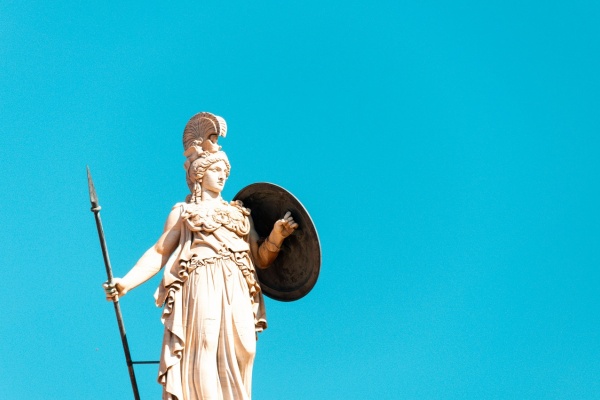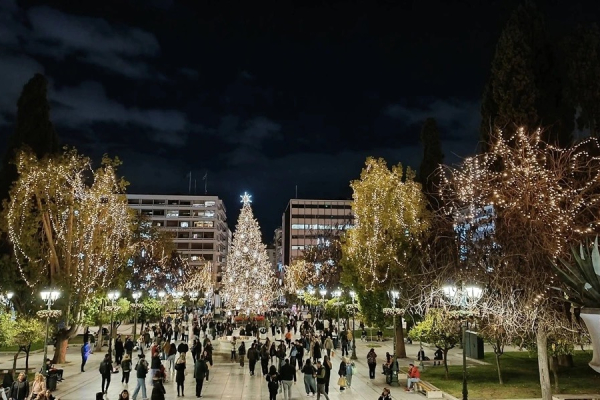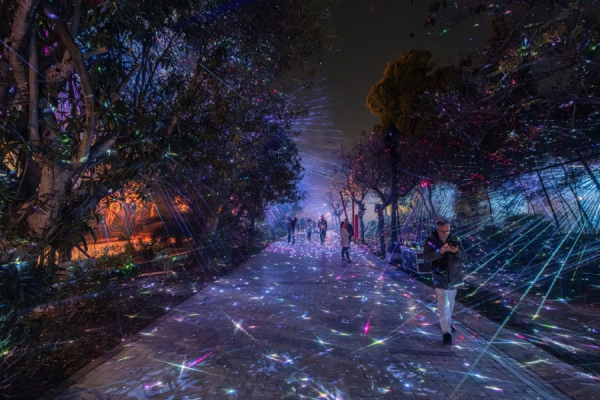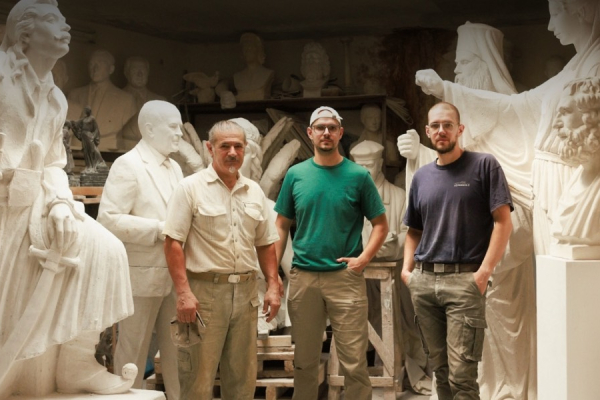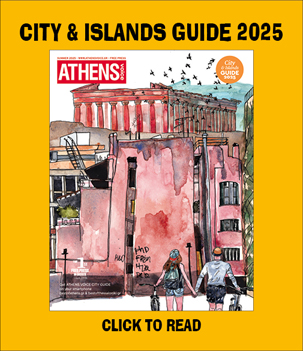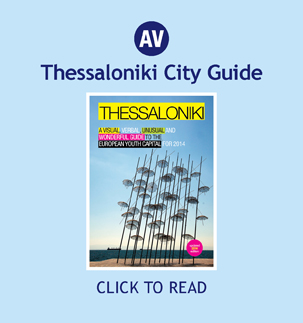By Pia Bhatia
The city of Athens is, in and of itself, a sort of museum. Walking through the city, you ’re sure to encounter marble figureheads and fenced off areas enclosing archaeological digs. The very streets upon which you walk encase the histories of the women and men who occupied this land thousands of years ago. But, like any museum, Athens has too many artifacts to explore in a lifetime, let alone a single vacation. See below for some of our favorite monuments around the city, rich with the cultural heritage of Greece.
Acropolis of Athens
When you visit the iconic Acropolis, you stand upon one of Greece’s 18 World Heritage Sites. As the Acropolis transitioned from being a citadel, to a site of pagean worship, to a center for religious gathering, its monuments maintained transcendent value. Today, they remain cultural and historical landmarks of Greek Antiquity, admired on the global scale.
Parthenon
The Parthenon, perched atop the Acropolis, exists as an ever present reminder of the city’s immense history. Following the Greco-Persian Wars, Pericles launched a project to rebuild the Acropolis, creating the Parthenon as a tribute to the patron goddess and namesake of the ancient city: Athena. Today, an incredible portion of the building’s architecture remains intact, despite it being used, plundered, and even, bombed, over the past two thousand years.
The Theatre of Dionysus and the Odeon of Herodoes Atticus
As you hike up to the summit of the Acropolis, take the opportunity to rest your legs and explore the site’s two great theaters: the Theater of Dionysus and the Odeon of Herodes Atticus. In the Theater of Dionysus, the oldest theater in the world, thousands once sat to watch the great tragedies of Sophocles, Euripides, and Aeschylus. The Herodeon, constructed in Roman times, continues to serve Athens as an open-air theater, hosting the Athens Epidaurus Festival and other performances, all open to the public.
The Ancient Agora
Northwest of the Acropolis, the Ancient Agora of Athens was once a site of commercial activity, political assembly, and pagean festivals. Athenian ideals of democracy were cultivated in the Agora, both through citizens’ right to vote, and through the enforcement of laws by way of jury proceedings.
Pnyx (Pnika)
Although democracy was first bred in the Agora, in the fifth century, political assemblies moved their discussions to a rocky mass known as the Pnyx. On this hill, men demonstrated ideals of equality and democracy through their shared rightto debate and vote upon issues of public, political, and economic concern.
Filopappou Hill
Filopappou hill has many wonders to explore, including the Prison of Socrates and the Filopappou Monument, a funerary column honoring Roman Gaius Julius Antiochus. Also known as the Hill of the Muses, hikes here not only offer a rich cultural experience, but also panoramic views of the Acropolis and the Saronic Gulf.
The Roman Agora and the Library of Hadrian
Due to invasion in the 200s A.D., the Ancient Agora’s routine operations were moved to the Roman Agora, built with the sponsorship of Julius Caesar and Augustus. This Agora functioned in tandem with the Library of Hadrian, which acted not only as a library, but as a significant civic center. Today, find both landmarks in the neighborhood of Plaka.
Kerameikos
Prior to becoming a cemetery, Kerameikos was a settlement of keramos (potters). In archeological excavations of the area, incredible stores of pottery have been discovered here, in addition to thousands of tombs, some dating back as early as the Bronze Age.
Panathenaic Stadium
While the architecture of the Panathenaic Stadium has changed over time, its symbolic value as a site of sport and athletics has transcended the ages. In 330 B.C., the stadium hosted the ancient Panathenaic Games, and in 1896, the renovated stadium hosted the first Modern Olympic Games. Today, the stadium is a popular tourist attraction and venue for physical activity, specifically running.
Temple of Olympian Zeus
The Temple of Olympian Zeus, also known as the Olympieion, took over 600 years to complete, and existed through Roman times as one of the largest temples in Greece. Only 15 of its 104 columns remain today, colossal marble fragments which only help us to imagine what the monument may have looked like in its prime.



